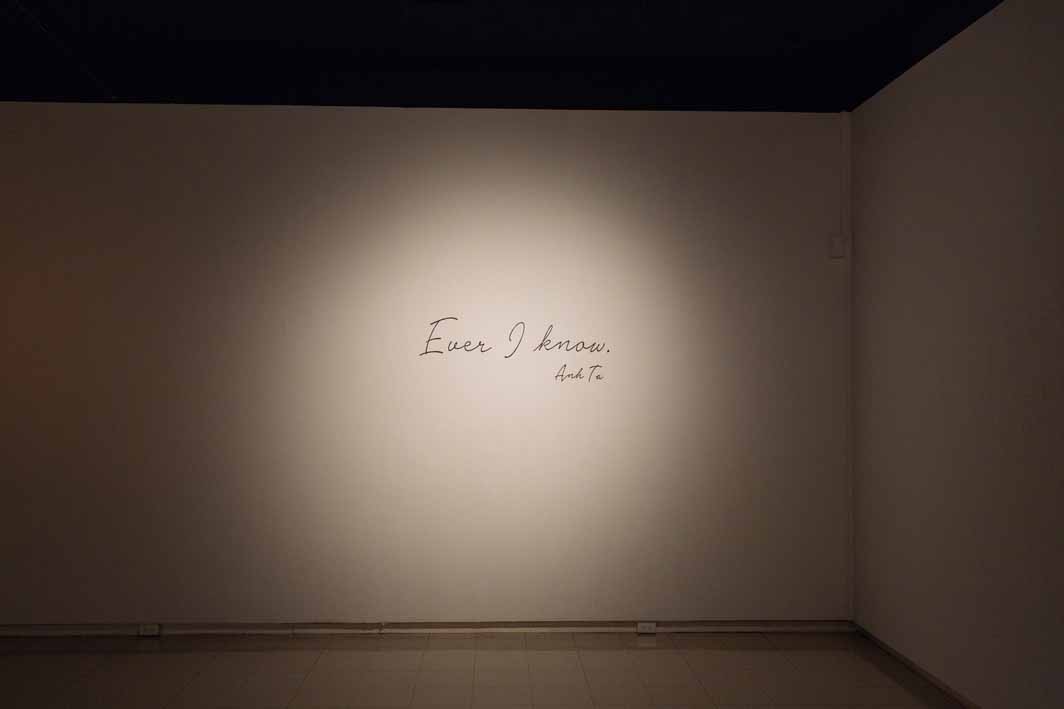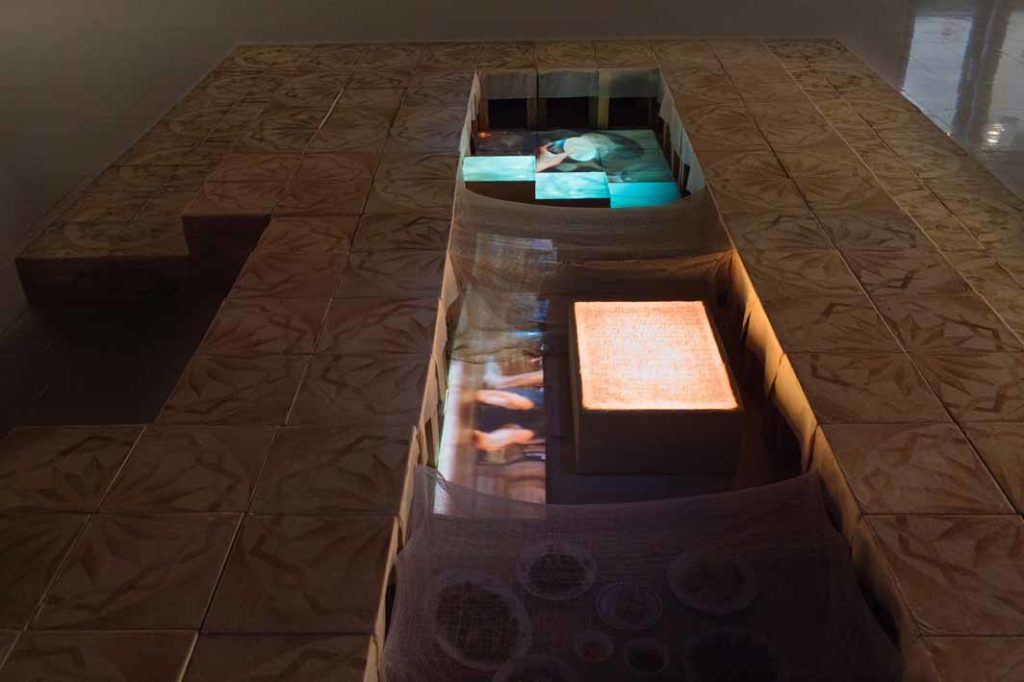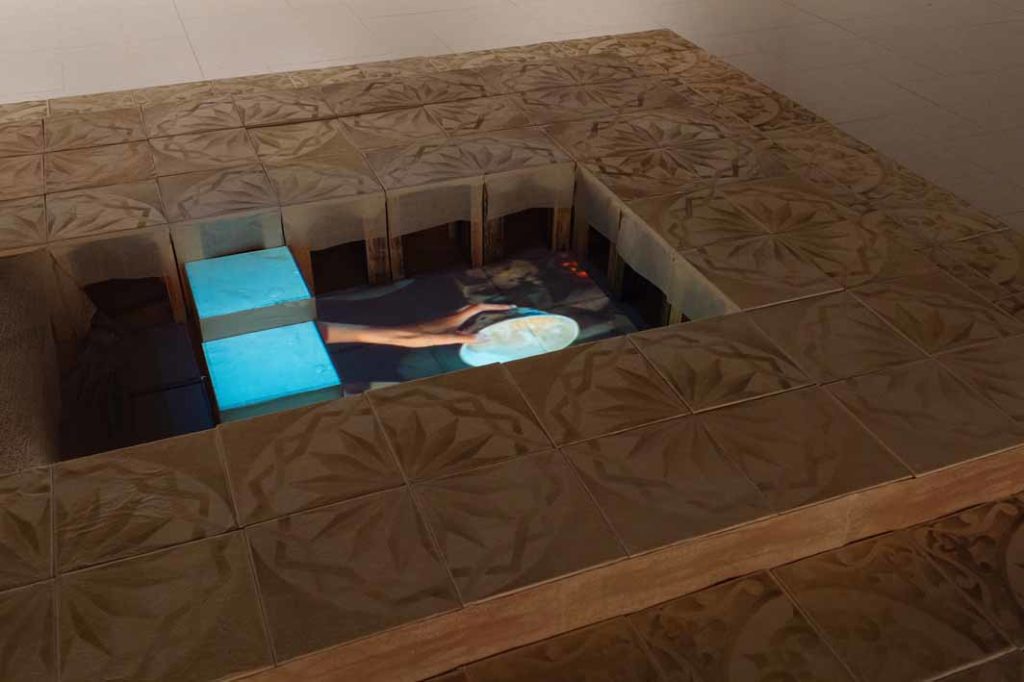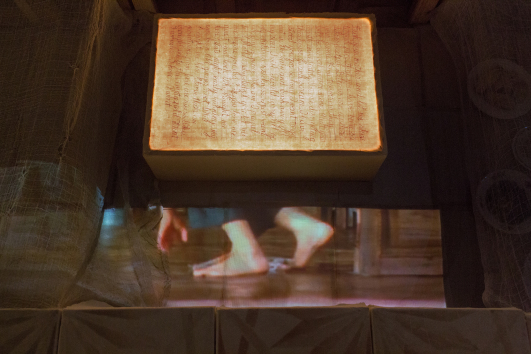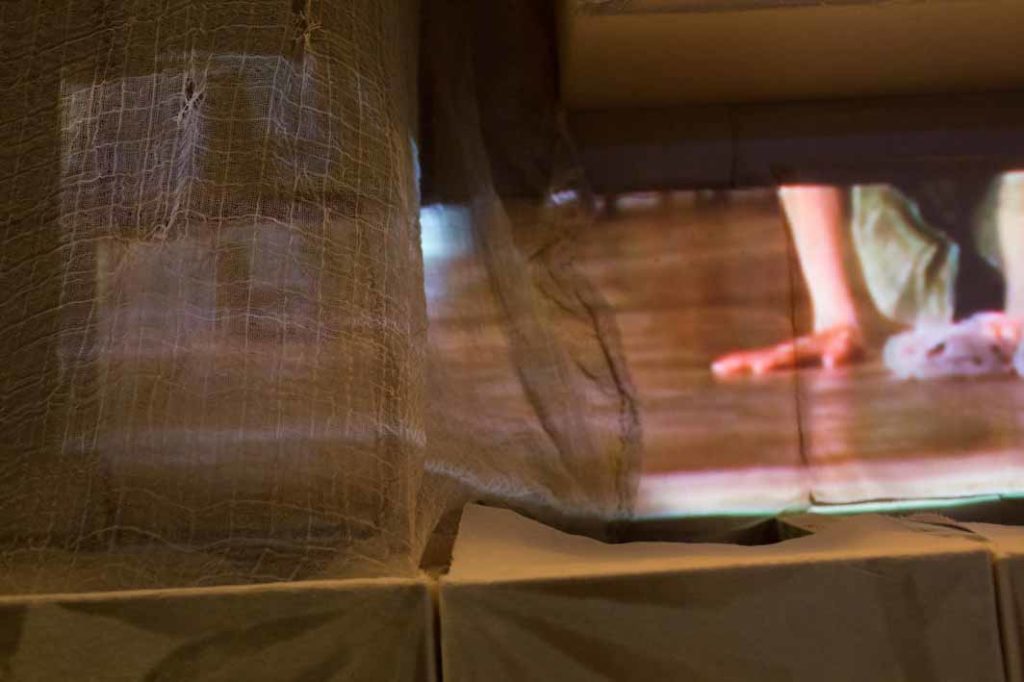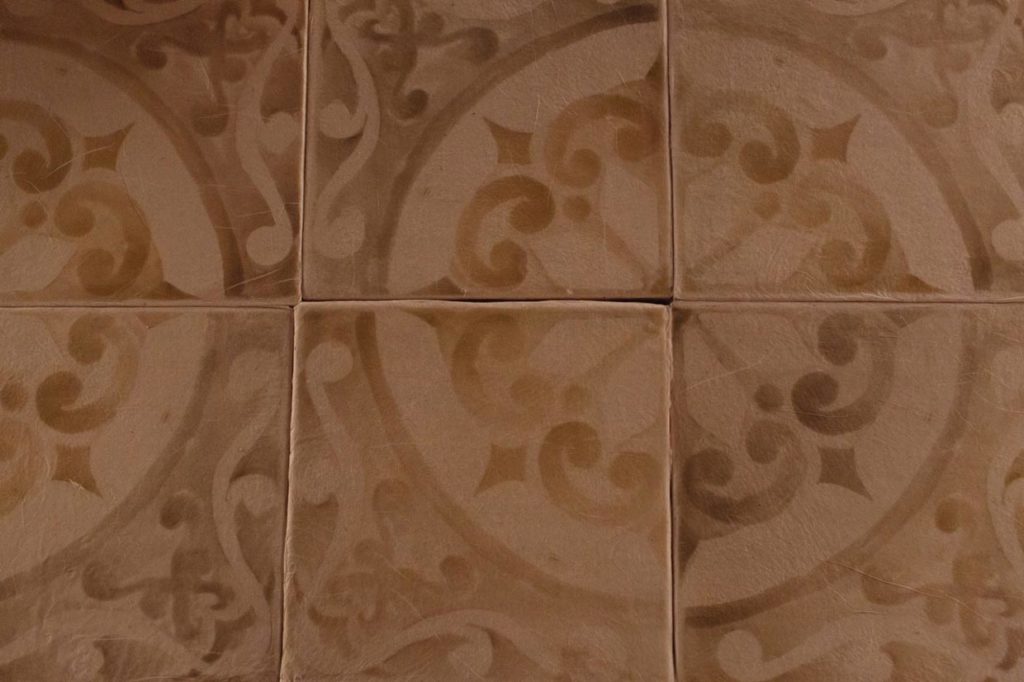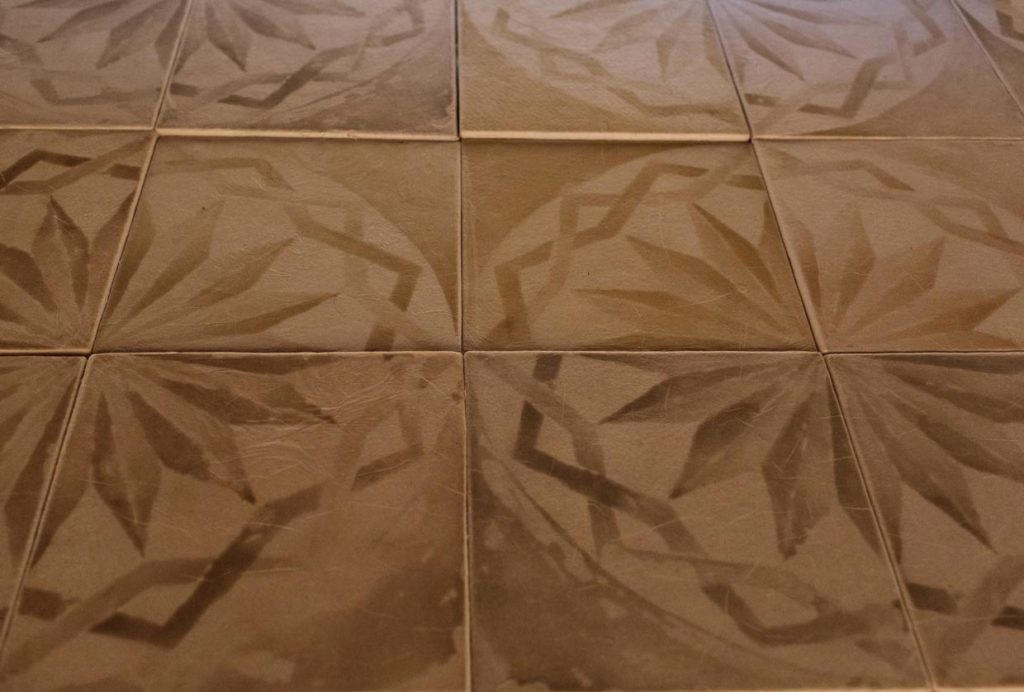What does it mean to have mastery in today’s culture? In a time where interdisciplinary art dabbles rather than develop in a highly skilled art making field, how does mastery service the artist? The narrative in the contemporary arts, challenges and creates new context for how we derive its function.
New York based artist Anh Ta, embraces that challenge creating value and purpose for high levels of mastery in printmaking techniques. In interviewing with her she reveals how this pursuit in printmaking processes not only opens possibilities, but also derives from the narratives within her work. She expands these possibilities through intensive labor and a tremendous amount of patience. The work becomes the evidence of her skill but it is the exceptional amount of labor that reinforces the value of mastery within printmaking specifically in revealing her explored narratives. As she shared her thoughts about her artistic practice it became evident how we redefine the importance of craft within contemporary arts and in Western culture.
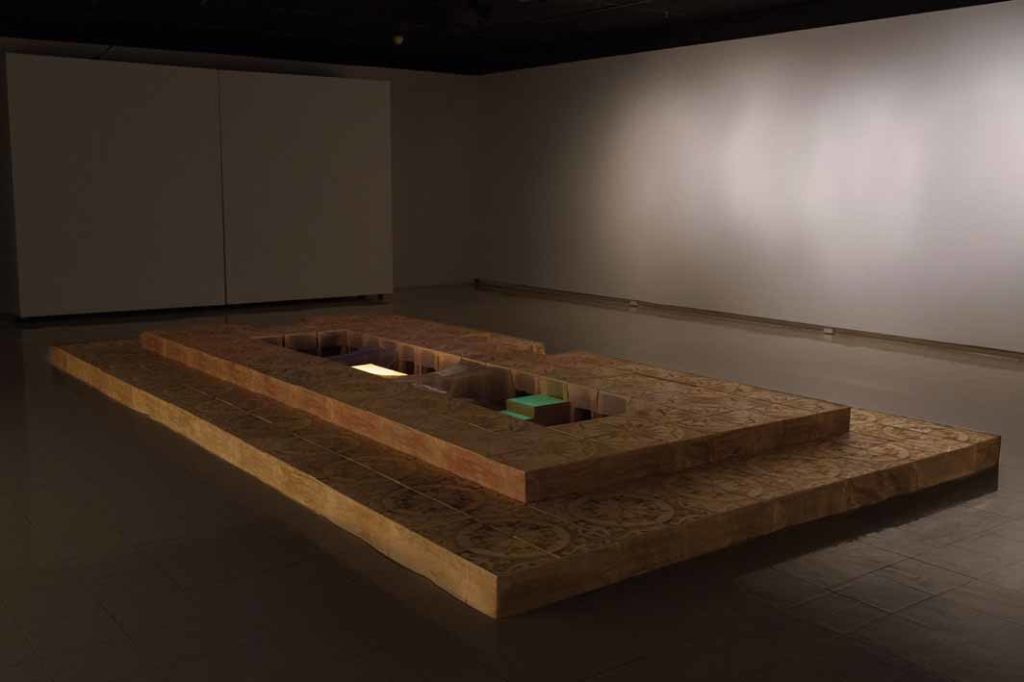
Quiet Lunch: How has your mastery of a variety of printmaking techniques allowed you to explore the narratives within your work?
Anh Ta: The narratives within my work root in personal storytelling surrounding the topic of domesticity. Within this topic, I look at stories from the past and how I have dealt with this information. Printmaking as a field in Visual Art has a rich history of traditional techniques and a wonderful practice of story-telling by every printmaker. In working on many of these techniques, I realize that the incredible amount of labor required in this field is actually inherent in the narratives that I pursue, and thus is an absolute requirement for my work. As I master the making and dive deeply into the thinking process through the making process, it is natural for me to take risks in using specific techniques and in choosing proper materials. From these specificities, the work itself revolves to be new and to be universally introspective.
QL: You also have an extensive interdisciplinary practice. How do you determine the tools you use to produce you ideas?
AT: Lots of experiments that root in my obsession with labor. I think there is a tremendous value in committing to something for a long time. I used to work primarily in traditional intaglio, which is a branch of Western printmaking techniques. Etching copper plates of various tonal values and mark-making in a bath of nitric acid and printing those plates using black inks on heavy papers like BFK; or rocking plates upon plates using mezzotint technique were what I did for a long time, until all of these labors gave me the confidence and curiosity to experiment and take risks in the manner as if I never got to play. When you have the knowledge, you can think further and challenge existing matters. Same with printmaking, when you know the techniques so well, you can challenge them and create your new ways of using those techniques. This was when interesting things started happening for me. My ideas that are deeply personal emerge to be an urgency and guide how I should play with tools and materials. And as the making feels right, I gain more confidence in pursuing other art forms to compliment my prints and support my narratives.
QL: Would you then, say your ideas determine what materials you choose for each piece?
AT: Yes and No. Yes that would be the most ideal case. I start each work in that manner. But then my ideas and my materials oftentimes have to compromise for each other.
QL: Through your art practice what have you come to define home as?
AT: From years of making art, home to me is like a book that I revisit. There are many interesting chapters to reevaluate and many details to contemplate. While this sounds a bit cold and distant to use home as if it’s a scientific experiment, artmaking in the West like this for me does alienate my home in a more objective lens and gives me the courage to think of home beyond what my parents told me what home was.
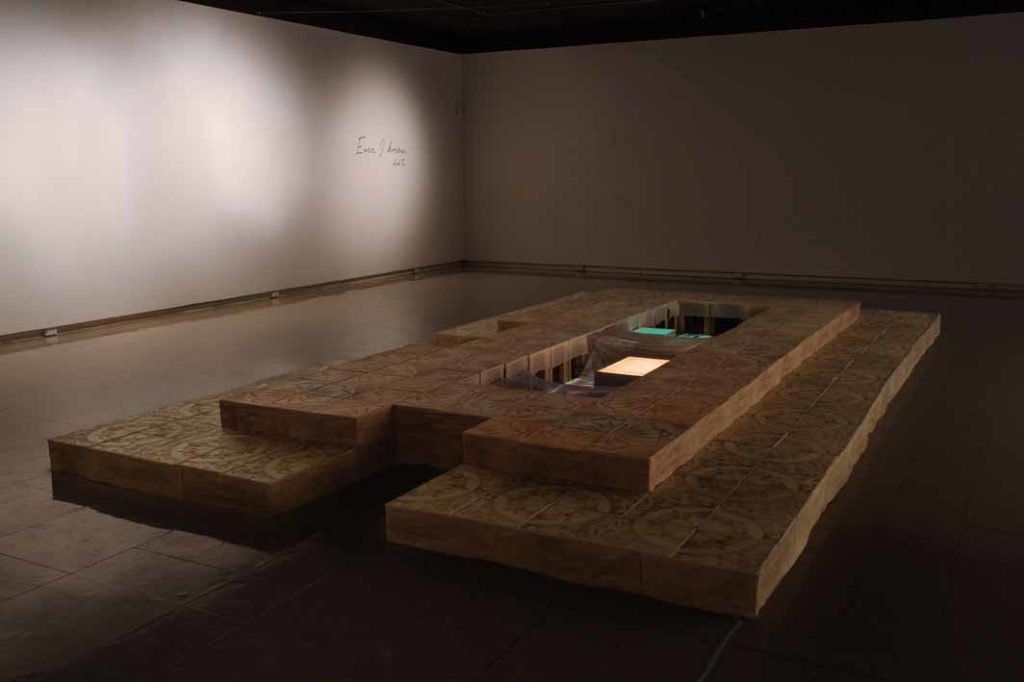
QL: Does that definition change for you when say home in Vietnamese?
AT: Definitely. When I say the word in Vietnamese, there is an overwhelming sense of peace and simplicity. But when I say it in English and especially in the Visual Art language, home is the furthest thing from simplicity. Home now is a complex structure constructed of historical, political, cultural, and personal stories and identities.
QL: The narratives explored in your work is very personal but rooted through your mothers lens. Do you feel viewing your mother as an adult has shifted your work over the years?
AT: Yes, my work is revolving slowly but surely.
QL: You work within traditional Vietnamese iconography with traditional foods and textile imagery and also subtly resist them. Do you see your work as acts of resistance?
AT: Yes my work is built as a form of resistance against the toxic patriarchy partly through embracing and embodying all the goodness and beauty in caretaking and caregiving with which specifically the female figures in my family have given and inspired me.
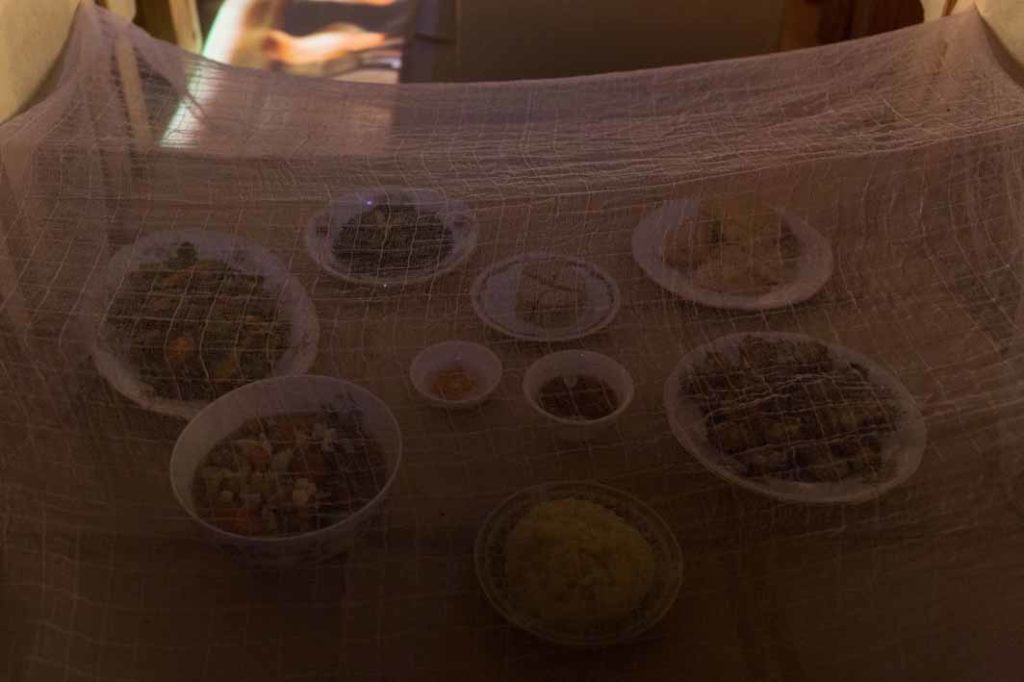
QL: How has cooking impacted your artistry?
AT: Tremendously. Home cooking is powerful in a way that it helps you travel through time and space between the past and the present. You can’t argue the authenticity of smell, taste and sound. These things are not stolen or appropriated, like they say in Visual Art. These things are internal parts of one’s identity. When a long-lost memory from a specific moment in time is evoked lets say through the smell of cilantro in your wooden spatula while you stand alone in your kitchen of a foreign land, how could that not impact ideas and creativity?
QL: Would you consider cooking a tool the same way you practice printmaking?
AT: With 10 years of experience in printmaking, my cooking knowledge is nowhere near that level of expertise (as they would call it master chef). However I do consider cooking as part of my art practice. I am content with using home cooking as a sensational elements within the space of my work.
QL: You have a residency in the spring of next year at Anderson Ranch, one of the most prestigious artists-in-residency programs in the world. Do you have projects in mind to develop while you’re there?
AT: I am very excited about this. By the time I arrive at Anderson Ranch, I will have a collection of pages done for a cookbook that I am working on. I am excited to use my time and generous resources at the Ranch to experiment with printmaking to either continue working on this cookbook or to start a new series of prints.
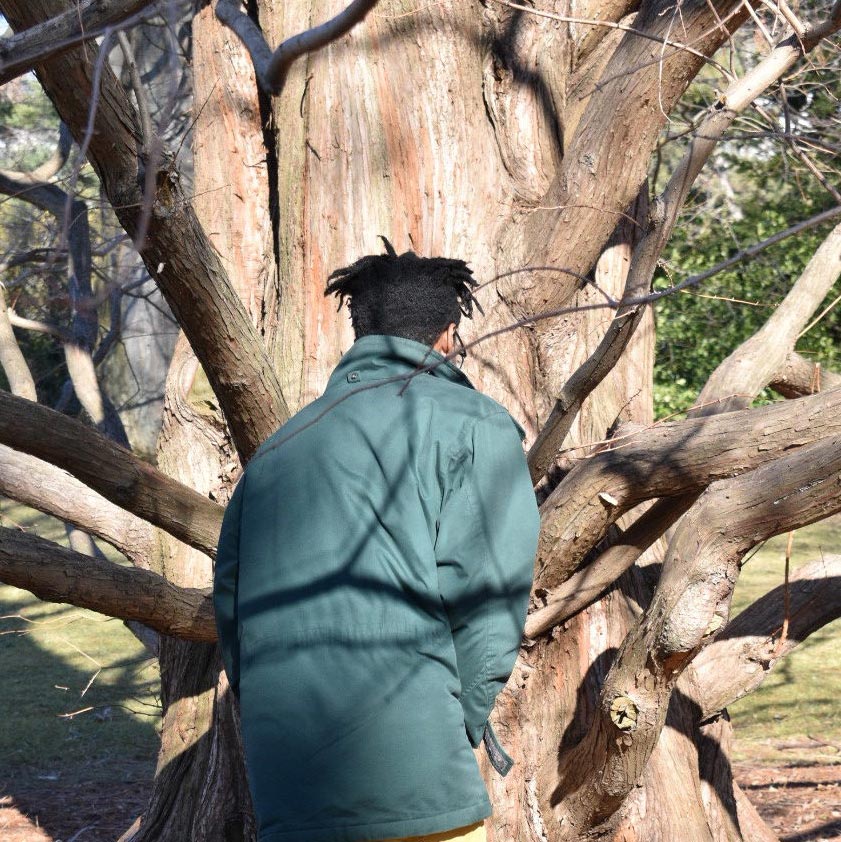
Ryan Davis, based in Brooklyn, NY is a visual artist, entrepreneur and writer. Currently he is a writer for Quiet Lunch and practices daily in developing his artistry. Influenced by hip-hop and personal narratives he incorporates these elements with Black studies. Through his artistry and writings he develops in-depth observations into new narratives pertaining to our contemporary culture.

